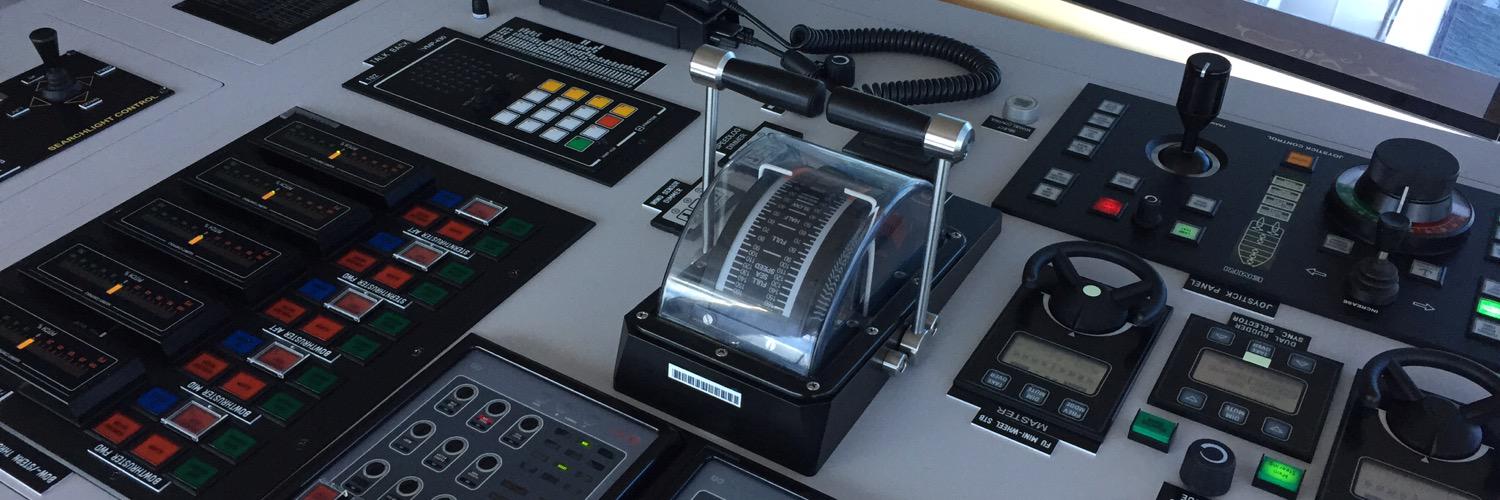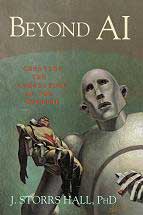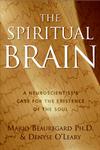Typhoon warning! My nephew is a Lt. Commander in the US Navy currently stationed in Guam. He teaches and manages trauma and emergency care at the hospital. Last night, he was preparing his family for the typhoon that would be sweeping across the small Pacific island in just a few hours. They closed the storm shutters, stored their Jeep in the basement and ensure their backup power and pumps were working. My nephew drew the short straw at the hospital and will be managing the ER while the storm rolls through. I worried about the hospital being built for these type of events and he assured me that it was, but of course, he was quick to add that the generators were built by the lowest bidder.
There is another typhoon coming. Gazing out over the technology horizon we can see a storm forming. But this one seems to be more than heavy winds and rain. I’m talking about the recent astonishing developments in generative artificial intelligence (GAI). I’m increasingly convinced that we are sitting on the edge of another major tectonic shift that will radically reshape the landscape of our world. Anyone who has spent time exploring OpenAI’s ChatGPT or Dall-E, Google’s Bard, Microsoft’s Bing or Co-Pilot, Midjourney, or any of the hundreds of other generative AI tools out there, will immediately recognize the disruptive power that is beginning to emerge. It’s mind blowing. GAI’s capacity to review and create code, write narratives, empathetically listen and respond, generate poetry, transform art, teach and even persuade, seems to double every 48 hours. It even seems that our creation has modeled the creator so well that it even has the uncanny ability to hallucinate and confidently tell us lies. How very human.
I have never seen a technology grow this fast. I recall the internet in the late 1980’s and thinking it had the amazing potential as a communication platform. Little did I realize that it would also disrupt commerce, entertainment, finance, healthcare, manufacturing, education and logistics. It would create platforms for new businesses like the gig economy and provide whole new levels of automation and telemetry through IoT. But all of that took decades. Generative technology is announcing breakthrough improvements every week, sometimes every 48 hours. To be fair these large language models (LLMs) are all using decades old research in neural network (NN) technology. However, when you combine those NN with enhancements (e.g. newer transformers, diffusion algorithms), hardware (e.g. GPUs) and rich data sets (e.g. the internet) they unleash new capabilities we don’t even fully understand. The latest generations of the LLMs even appear to be doing some basic level reasoning, similar to how our own organic NNs help us solve problems.
Businesses are already starting to explore the use of this technology to increase productivity, improve quality and efficiency. Wendy’s recently announced that they are partnering with Google to use GAI to start taking food orders at their drive-throughs.1 Gannett, publisher of USA Today and other local papers, is using GAI to simplify routine tasks like cropping images and personalizing content.2 Pharmaceutical companies like Amgen are using GAI to design proteins for medicines.3 Autodesk is using GAI to design physical objects, optimizing design for reduced waste and material efficiency.4 Gartner identifies it as one of the most disruptive and rapidly evolving technologies they have ever seen.5 Goldman Sacks is predicting that GAI will drive a 7% increase in global GDP, translating to about $7 trillion!6
It’s time to prepare for the typhoon. I’m excited about the future! As a technologist, I know disruptions will come, challenging our thinking and changing how we work, live and play. I know it can also be terrifying. It can prompt fear, uncertainty and doubt. But now is the time to prepare! Don’t wait to be changed, be the change. Start exploring and learning. I have a feeling that this new technology will be a 10x amplifier for us. Let’s learn how we can use it, work with it and shape it to be the next technological propellent to fuel our journey to a greater tomorrow!
This blog text was 100% human generated but the image was created with OpenAI Dall-E2.
- Wendy’s testing AI chatbot that takes drive-thru orders. (2023, May 10). CBS News. https://www.cbsnews.com/news/wendys-testing-ai-chatbot-drive-thru-orders/
- Publishers Tout Generative AI Opportunities to Save and Make Money Amid Rough Media Market. (2023, March 26). Digiday. https://digiday.com/media/publishers-tout-generative-ai-opportunities-to-save-and-make-money-amid-rough-media-market/
- Mock, M. (2022, June 7). Generative biology: Designing biologic medicines with greater speed and success. Amgen. https://www.amgen.com/stories/2022/06/generative-biology–designing-biologics-with-greater-speed-and-success
- Autodesk. (2022, May 17). What is generative design? Autodesk Redshift. https://redshift.autodesk.com/articles/what-is-generative-design
- Gartner, Inc. (2022, December 8). 5 impactful technologies from the Gartner emerging technologies and trends impact radar for 2022. https://www.gartner.com/en/articles/5-impactful-technologies-from-the-gartner-emerging-technologies-and-trends-impact-radar-for-2022
- Goldman Sachs (2023, May 12). Generative AI could raise global GDP by 7%. https://www.goldmansachs.com/intelligence/pages/generative-ai-could-raise-global-gdp-by-7-percent.html



